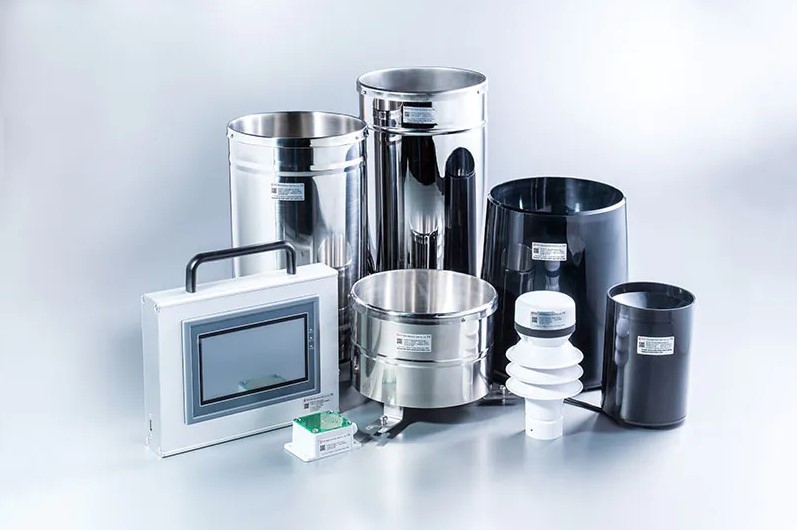How to Integrate Rika Sensors into Your Monitoring System

The integration of Rika Sensors into your environmental monitoring system is a key step towards ensuring accuracy, reliability, and efficiency in tracking various environmental parameters. Whether you are monitoring weather conditions, air quality, soil moisture, or any other environmental factor, Rika Sensors offer a wide range of solutions to meet your specific monitoring needs.
1. Define Your Monitoring Needs
First and foremost, it is essential to identify the specific parameters that you want to monitor in your environment. Rika Sensors offer a variety of sensors designed to measure parameters such as temperature, humidity, pressure, wind speed, solar radiation, and many others. By understanding the specific variables that need to be monitored, you can select the appropriate sensors that meet your requirements.
2. Choose Sensor Locations Wisely
Once you have identified the parameters to monitor, the next step is to determine the location for installing the sensors. Placement of the sensors plays a critical role in accurately capturing data. Factors such as exposure to sunlight, proximity to obstacles, and accessibility for maintenance should be considered when selecting the installation site. Rika Sensors provide guidance on the optimal installation locations for each type of sensor to ensure accurate and reliable data collection.
3. Connect to Your Monitoring System
After identifying the parameters to monitor and selecting the installation sites, the next step is to connect the sensors to your monitoring system. Rika Sensors offer various communication options such as RS485, RS232, Modbus, SDI-12, and analog outputs to interface with sensors supplier. Depending on the requirements of your monitoring system, you can select the appropriate communication protocol to seamlessly integrate the sensors into your system.
4. Leverage User-Friendly Software
Rika Sensors provide user-friendly software for data acquisition and analysis. The software allows you to:
Configure the sensors
Set measurement intervals
View real-time data
Generate reports
Analyze trends over time
With this software, you can easily monitor the environmental parameters and make informed decisions based on the data collected.
5. Establish a Maintenance Routine
In addition to hardware and software integration, it is important to establish a maintenance schedule for the sensors to ensure accurate and reliable data collection. Regular calibration, cleaning, and inspection of the sensors are essential to prolong their lifespan and maintain data accuracy. Rika Sensors provide guidelines for sensor maintenance to help you maximize the performance of the sensors.
6. Enhance Functionality with Accessories
Moreover, Rika Sensors offer a range of accessories such as mounting brackets, data loggers, power supplies, and protective enclosures to enhance the functionality and reliability of the sensors. By selecting the appropriate accessories, you can optimize the performance of the sensors and ensure seamless integration into your monitoring system.
7. Conclusion: A Streamlined Monitoring System
By following these steps, you can effectively integrate Rika Sensors into your environmental monitoring system and enhance your ability to track and manage environmental data. This will result in a streamlined monitoring system that provides you with the accurate and reliable data you need to make informed decisions.
- Industry
- Art
- Causes
- Crafts
- Dance
- Drinks
- Film
- Fitness
- Food
- Games
- Gardening
- Health
- Home
- Literature
- Music
- Networking
- Other
- Party
- Religion
- Shopping
- Sports
- Theater
- Wellness
- News


